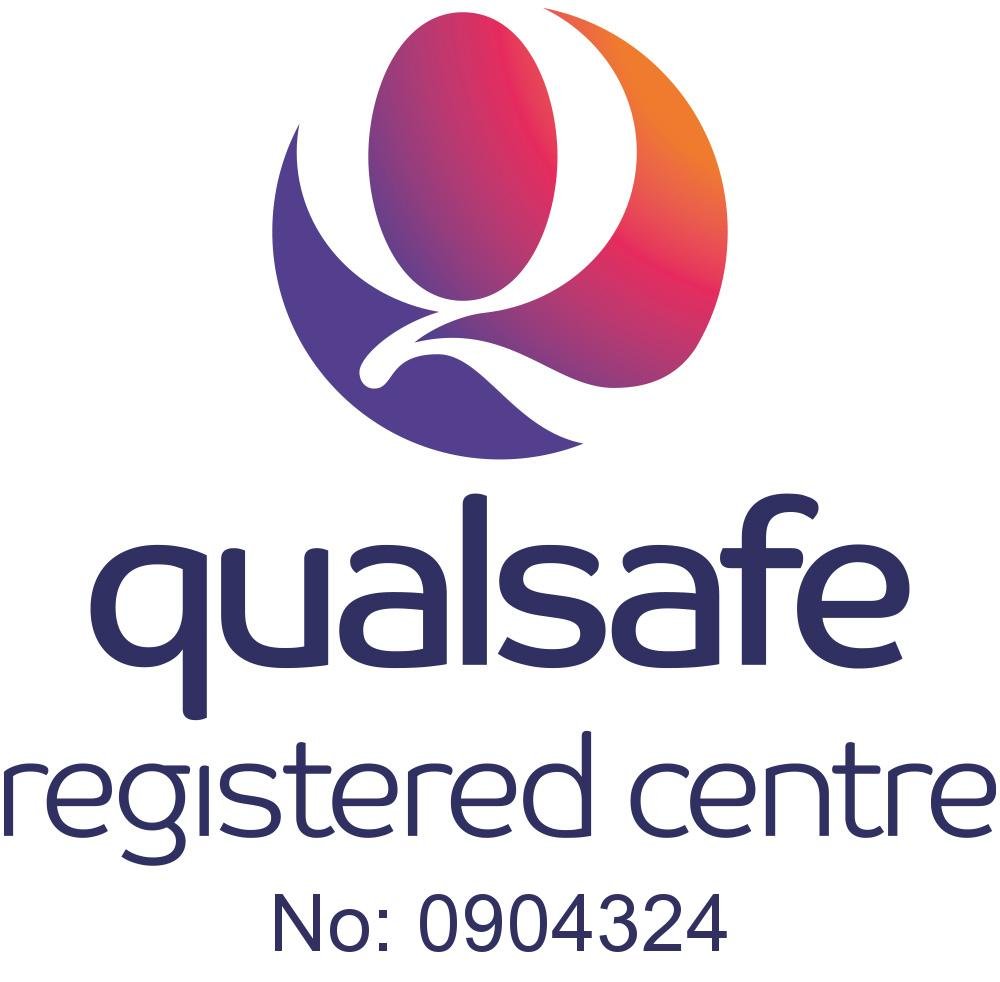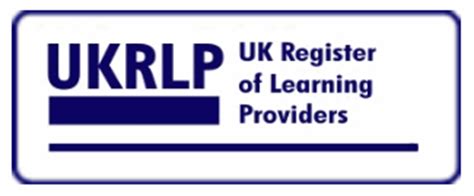"Each year 40,000 under-5s are admitted to hospital following accidents, and lots of these accidents are preventable." NHS England.
Some of the commonest accidents are choking, suffocation, strangulation and drowning along with falls, burns and scalds, house fires, glass related injuries and poisoning.
You can prevent many accidents by considering each of the causes, but the one are I get asked about on every course that I deliver to parents is about choking
Some simple ways to prevent choking
Most commonly choking in young children involves food, but it can involve objects that are put in their mouths by themselves or their siblings.
If you feed your baby with a bottle, always make that you hold the bottle and your baby whilst feeding.
Once children are eating solid foods, ensure that it is cut up in to small chunks, for example grapes should be cut in half lengthways and try to avoid hard food such as boiled sweets or nuts.
Buttons, coins (yes, we're not a completely cashless society yet) and small toys should all be kept out of reach of your baby's reach and small, flat, button batteries should definitely be kept out of the way because as well as being a choking hazard, if swallowed, they can cause internal burns.
As they get older, encourage your child to sit still while they eat, as running around while eating could make them choke.
If you want to find out more about about how to help a choking child or baby we’d love to show you on one of our first aid courses.





